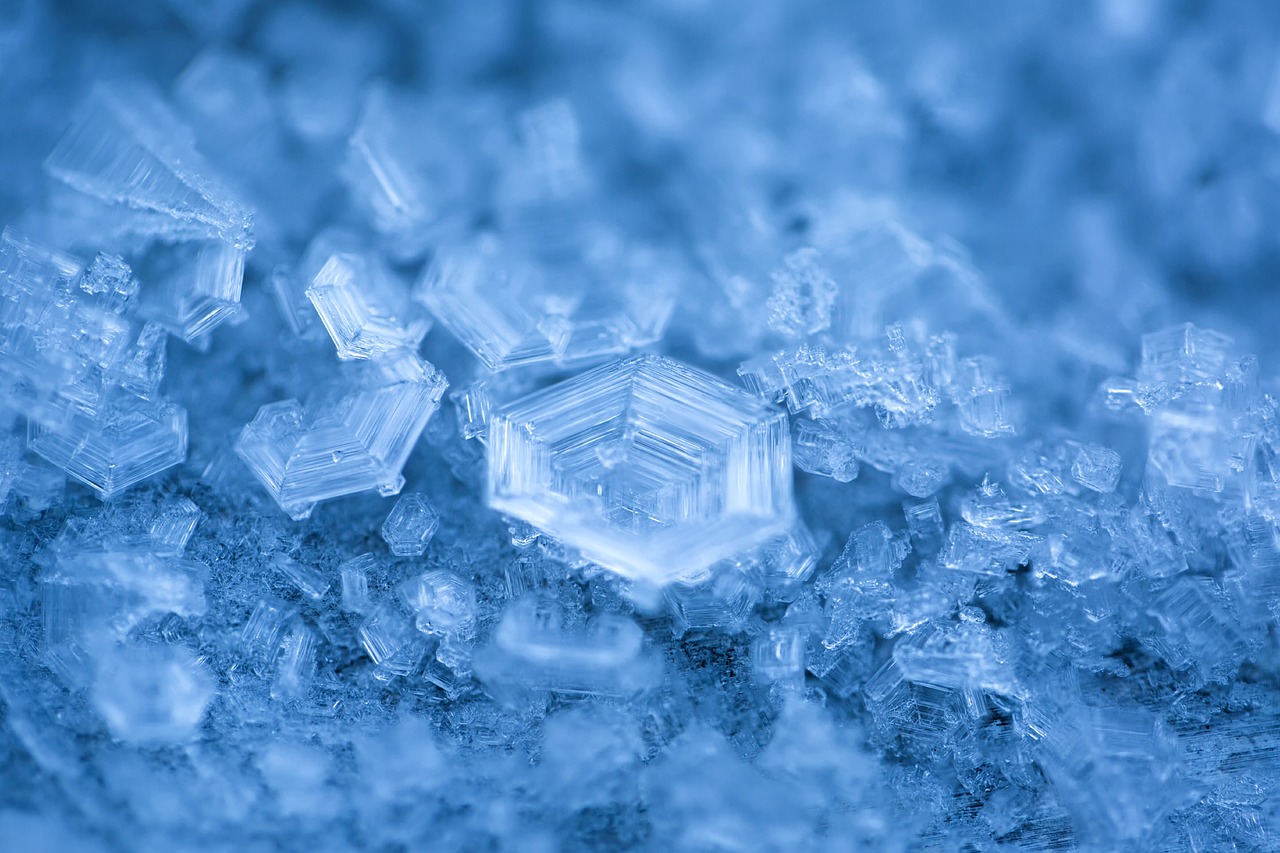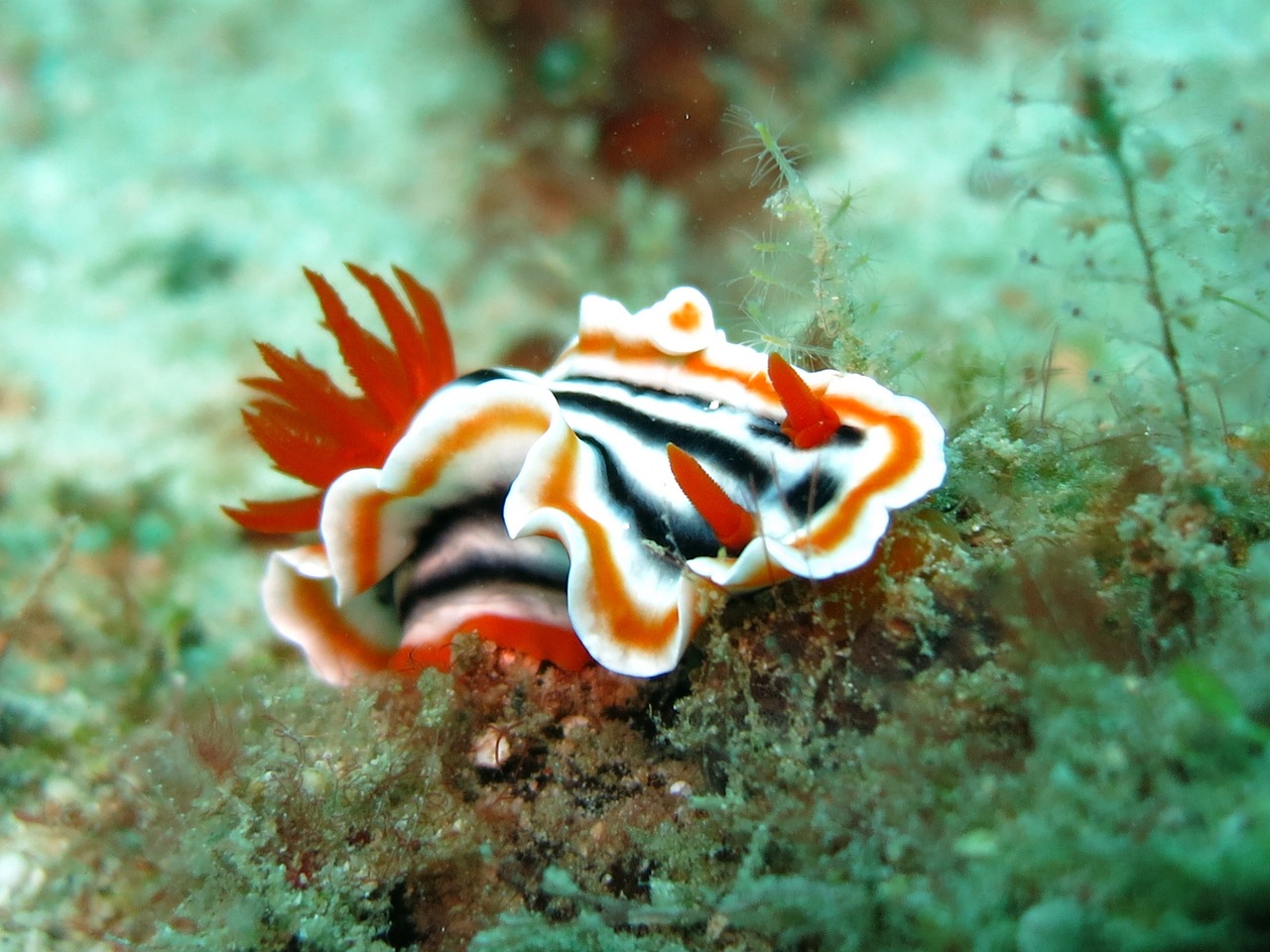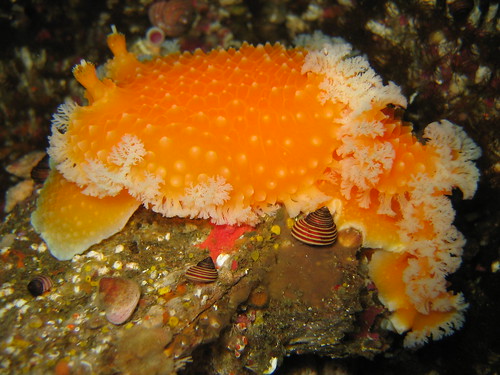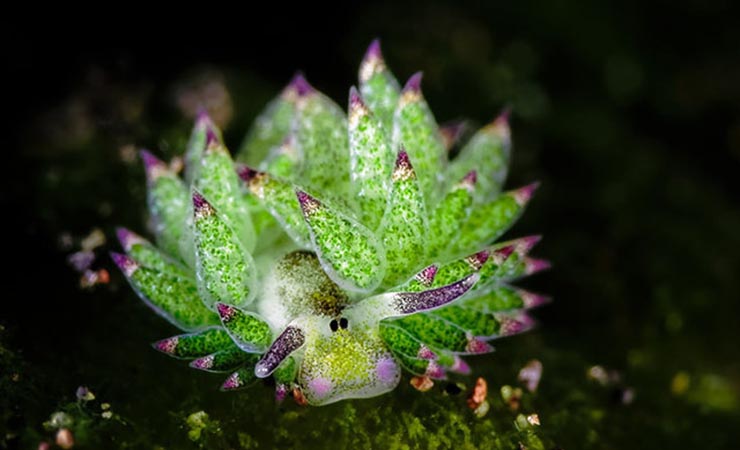Salt — that stuff that melts the ice on sidewalks and makes popcorn taste so yummy — salt is a rock! Well, the kind in your salt shaker is rock-y. There's also salt dissolved in the oceans. It is dissolved rock! A mineral, actually.
Salt is mined just like rocks too! It takes huge mining equipment like front loader shown in the photo of a salt mine below.
Is salt the only rock that is tasty?
 |
| Big machinery cuts salt out of Iran's gigantic salt mine on the Silk Road in Semnan province. |
Well, many rocks do have a taste. OG geologists used to use their taste buds to help identify rocks. Like, for instance, they could ID a rock because it tasted more bitter than its lookalike. Like halite does vs natural sodium chloride (table salt). Of course, tasting rocks is a bit of a gross way to identify them. It's not always safe, either! Some very hard substances can hurt you.
Lead is a harmful but useful rock-like substance. It was used in things like weights, pencils, and even paints. It tastes a little sweet. In fact, one of the old names for lead is "sugar of lead"! Problem is, lead causes brain damage that makes it harder to think. It is not safe to lick lead!
Lead isn't used in paints or pencils anymore. It hurt too many people and animals. Lead isn't used in fishing weights either, now. When people have to work with lead to build things today, they wear a lot of safety equipment to make sure that no lead gets on their skin or in their lungs. (See the lead safety instructions.)
Besides salt, gypsum is a rock we eat. You might know it as drywall, the sheets that make the walls in your house and school. That white crumbly gypsum is used in making beer, flour, ice cream and cheese! It tastes like — well‚ it tastes like drywall!
Here are some other rocky substances that have their very own flavour:
Borax — sweet but works as a cleaner, it is not a food
Chalcanthite — sweet but poisonous
Epsomite — bitter
Glauberite — salty and bitter
Hanksite — salty
Melanterite — sweet, puckery and metallic
Sylvite — bitter
Ulexite — alkaline (more soapy)



























